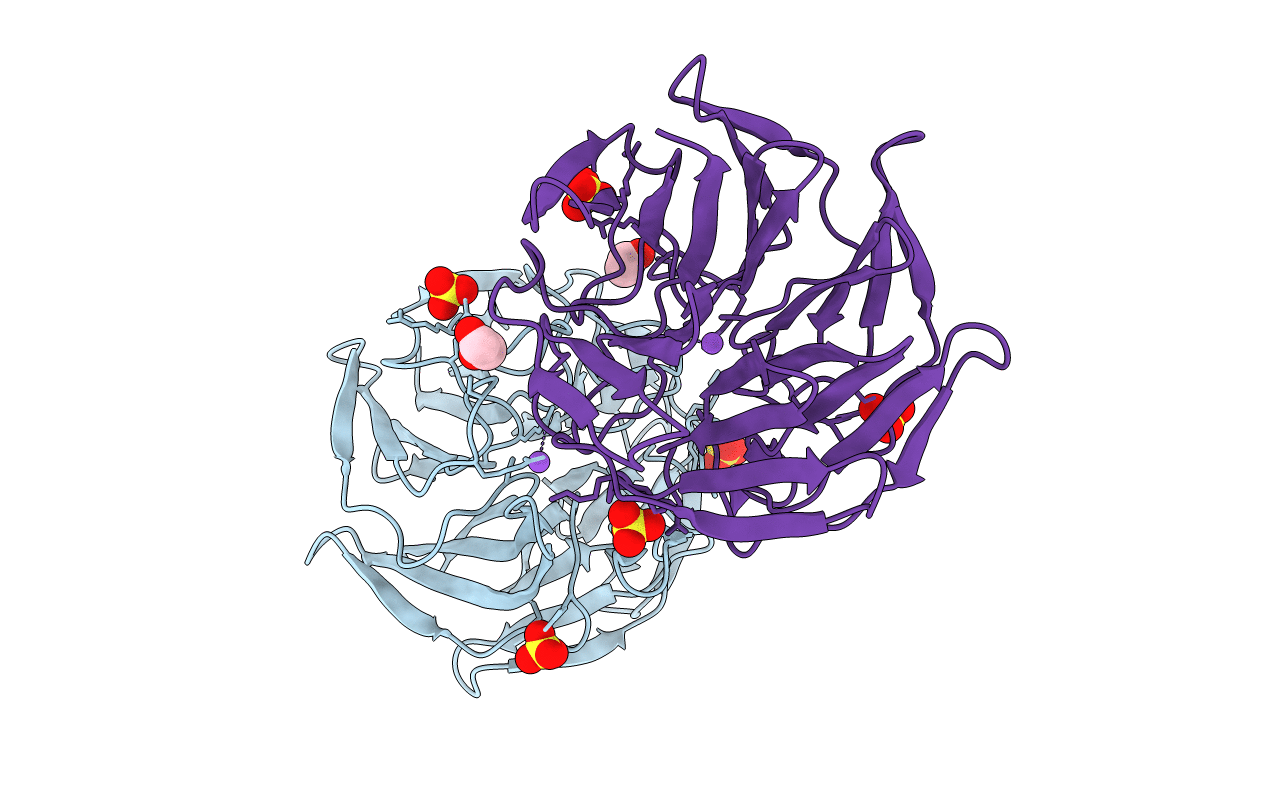
Deposition Date
2010-07-30
Release Date
2010-08-18
Last Version Date
2023-12-20
Entry Detail
PDB ID:
2XN4
Keywords:
Title:
Crystal structure of the kelch domain of human KLHL2 (Mayven)
Biological Source:
Source Organism:
HOMO SAPIENS (Taxon ID: 9606)
Host Organism:
Method Details:
Experimental Method:
Resolution:
1.99 Å
R-Value Free:
0.22
R-Value Work:
0.16
R-Value Observed:
0.17
Space Group:
P 1


